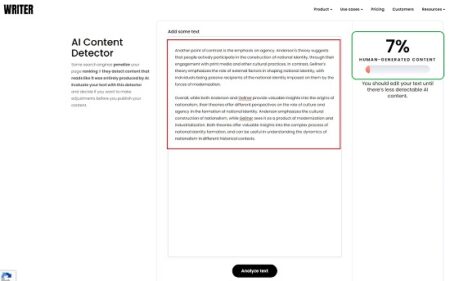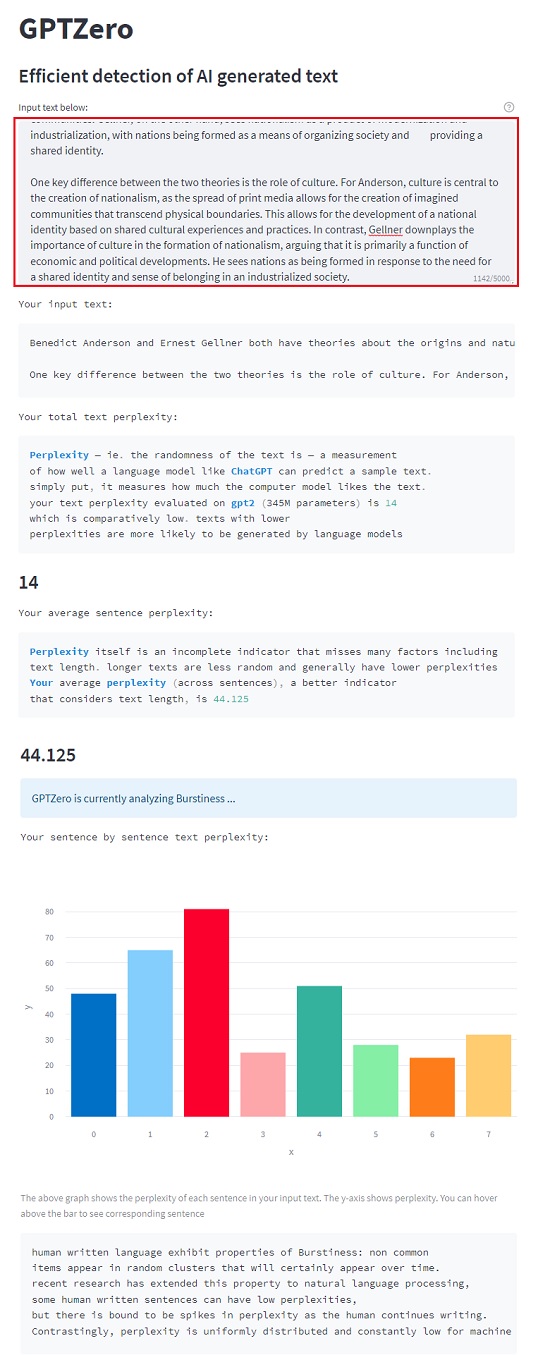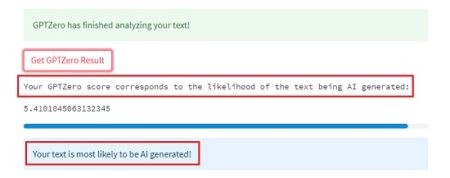On Nov. 30, 2022, Open AI released ChatGPT which is a dialogue based AI chatbot that is capable of interpreting natural human language and generating detailed and almost human-like responses. The conversational format of ChatGPT empowers it to answer follow-up questions as well.
Teachers are now getting increasingly worried about the potential of this tool to help students automatically generates multi-paragraph Essays, solve their Assignments and Formulaic papers and worse, aid students in cheating and other unethical practices. They fear that this might change the present system of education as we know it.
In traditional cheating the information for essays and assignments is plagiarized from other works by directly copying and using it. It is easy to catch such practices by using online plagiarism checkers. As opposed to this, ChatGPT pulls content from any corner of the world wide web to form answers that aren’t extracted from any single source. Hence plagiarism checkers will not spot it easily and this has really spooked many educators with fears that students will now use this tool very easily and get away with cheating.
Hence, in this article, we will be exploring 2 Free ChatGPT detection Tools for Teachers to help them in identifying ChatGPT Generated Essays & Assignments so that they can be overruled and prohibited.
1. AI Content Detector from Writer
This website allows you to evaluate and analyze any content from your students to detect if it is a ChatGPT output.
Just click on the link that we have provided below, paste the content in the page and click on ‘Analyze Text’. The website will now check the content that you pasted for GPT Plagiarism and provides you with information as to whether it is Human Generated or AI content (ChatGPT output) along with the percentage estimate.
Teachers can make their own benchmarks and use this evaluation tool to accept or reject any assignments / essays from students if they find that it was an AI Generated content.
Click here to navigate to AI Content Detector.

2. GPTZero
This is a very popular and widely used ChatGPT Detector that checks any content to figure out if it is the output of a ChatGPT session. It was developed by Edward Tian, a student of Princeton University.
To decipher whether a human or ChatGPT authored an essay, GPTZero uses two indicators – perplexity and burstiness. Perplexity measures the complexity (difficulty level) of text and if GPTZero is indeed perplexed by it then it is more likely to be written by a human being. On the other hand, if the content appears more familiar to the GPTZero bot, it means the text possesses low complexity and more likely to be AI Generated content from ChatGPT.
Additionally, burstiness analyses the variations of sentences. Humans generally tend to write with greater variations (burstiness) with complex sentences along with simple ones. AI generated sentences from ChatGPT tend to be more uniform and can thus be detected.
Just click on the link provided below and paste your student’s content. GPTZero will take a while to process the text and give you the Total and Average Perplexity and Burstiness scores along with information on how you could interpret the values.
Finally, click on the ‘Get GPTZero Result’ button and the final GPTZero score will be displayed that indicates the likelihood of the text being AI Generated.
Click here to visit GPTZero.


Closing Thoughts:
ChatGPT may be able to provide quick and easy answers to a lot of questions and assignments. But it does not build or develop critical-thinking and problem-solving skills in students that are so essential for academic accomplishments. It becomes the responsibility of teachers and educators to spot such AI Generated content, prohibit it and at the same time encourage the students to write original and well-researched content free from plagiarism.
The above two websites that we have listed can truly help teachers in detecting ChatGPT content so that necessary action can follow.
Click here for a tutorial that explains how to detect GPT and ChatGPT generated AI text using a free tool called GPT Output detector.